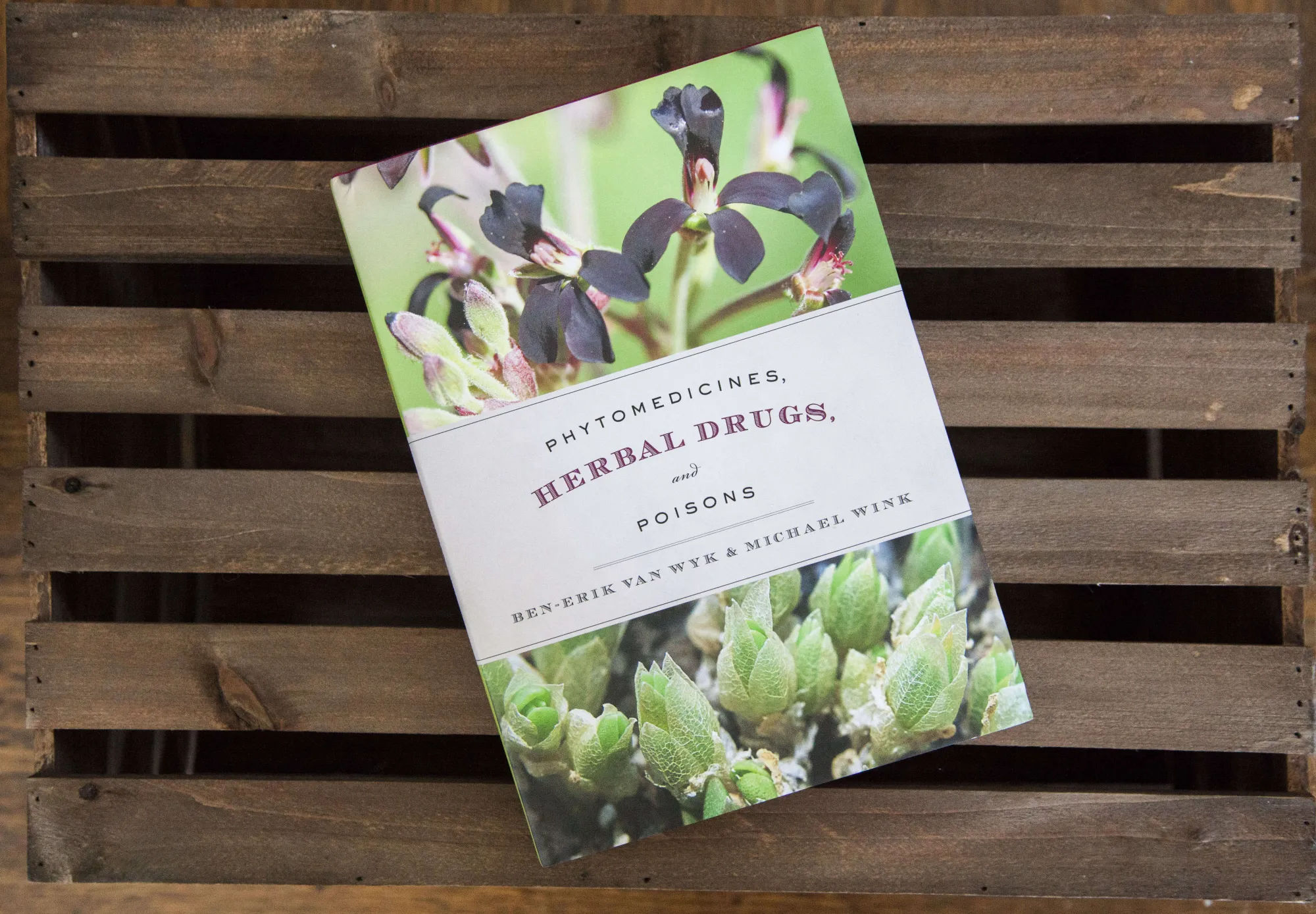
Published by Kew Royal Botanical Gardens, Phytomedicines, Herbal Drugs, and Poisons can be used as a guide for the novice herbalist, the seasoned botanist, or anyone with an interest in learning about how plants can heal (or kill).
However, the book is easy to navigate with hundreds of color photographs and chapters divided by poisonous plants, healing plants, mind-altering plants, and more.
Illustrations of medicinal and poisonous plants. The book identifies more than 600 plants for their healing or harmful properties.
Evening primrose, a biennial herb, is filed under phytomedicines because its seed oil contains the essential fatty acid gamma-linolic acid (GLA). GLA is used to relieve skin disorders and premenstrual symptoms.
Phytomedicines
Pretty but deadly, hellebore is extremely toxic and harmful to the heart. The green flower was once used in traditional medicine to treat digestion issues but it has since been banned.
Plant Poisons
Internally, hibiscus tonic has been used to treat appetite loss while externally, it may be used to treat dermatitis.
Functional Foods
Mind-Altering Drugs and Stimulants
The opium poppy is classified as a neurotoxin. Although raw opium contains morphine, a pain reliever, overdosing can lead to death.
Phytomedicines, Herbal Drugs, and Poisons can be purchased for $31.21 on Amazon.